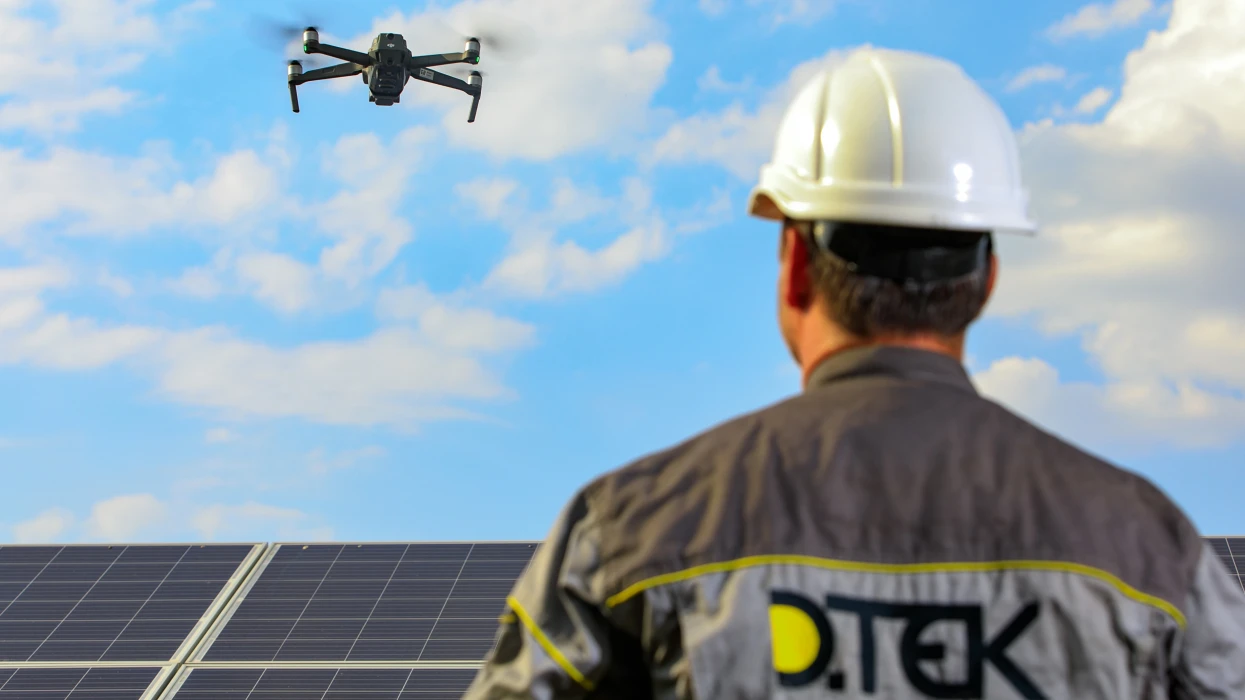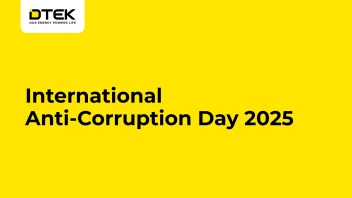By 2050, renewable energy will supply 90% of the total global energy demand. The forecast from the International Renewable Energy Agency (IRENA) highlights such volume of ‘green’ power generation. In the future, apart from being the object of the solar system, the Sun will also be an indispensable source for the generation of ‘green’ electricity, clean and energy efficient power.
Sunlight, i.e. solar energy, is a powerful and, most importantly, renewable energy source. The use of this energy reduces the energy-related CO2 emission. In order to specifically draw attention to the potential of solar power, the European Regional Chapter of the International Society of Exposure Science (ISES Europe) has initiated World Sun Day, which is celebrated annually on May 3.
Subsequently, the Sun Day has transformed, and became an unspoken professional holiday for hundreds of thousands of professionals working in innovative solar power plants.
Where Do Ukrainian Practitioners ‘Catch’ the Sun?
Ukraine has some of the most powerful solar power plants in Europe, namely these are DTEK Pokrovska SPP and DTEK Nikopolska SPP. Along with the endless fields of ‘solar farms’ located in the Dnipropetrovsk Oblast, the green portfolio of DTEK Renewables also includes DTEK Trifanovska SPP, the company's pilot solar energy project. DTEK has been one of the pioneers in developing renewable energy sources in Ukraine and the company has invested more than 1.2 billion euros into the development of ‘green generation’ in order to ensure Ukraine's energy independence.
In 2020, 3 solar power plants of DTEK Renewables generated such an amount of electricity into the Ukrainian power system that it was enough to supply 388,000 private households throughout the year. The use of this green energy helped to avoid the release of the equivalent of 813 thousand tons of CO2 into the atmosphere.
Solar Outlook
The transition to renewable energy does not only change the electricity generation technology, it also generates new demand for skilled workforce in the energy sector. According to Ernst & Young's forecast, with a EU RES target of 35% in the Renewable Energy Directive, instead of 27%, by 2021 the solar industry alone may increase employment by 175,000 new jobs.
The situation in Ukraine is different, as the requirements for the evaluation of technical experts are changing. There is one recent case demonstrating such a transformation related to the Chief Analyst position at one of DTEK Renewables' green stations, namely the DTEK Nikopolska SPP.
“The profession is absolutely new for Ukraine, in Western countries it is mostly large power plants that require such experts and there they call them "Performance Engineers". We are the only company in Ukraine that has applied a unique experience for the national energy market: we independently study, adapt, develop and implement procedures, analysis methods and guidelines in accordance with international standards,” explains Pavlo Toporkov, Chief Analyst at the DTEK Nikopolska SPP.
Innovations in Action
However, the operating procedures are not the only innovative component of the noted profession. The solar station practices a high-tech method of determining the equipment condition and detecting any type of panel defects with the use of an unmanned aerial vehicle (UAV) or uncrewed aircraft (UA), commonly known as a drone, equipped for thermal and visible imagery. This method of inspecting solar panels helps to monitor the effective operation of SPP, facilitates timely detection and troubleshooting.
In a single day, the drone pilot is able to perform preventative maintenance inspections of about 150,000 panels. Furthermore, it is possible to fully inspect the largest solar station in Ukraine, i.e. DTEK Pokrovska SPP, in just 7 days.







